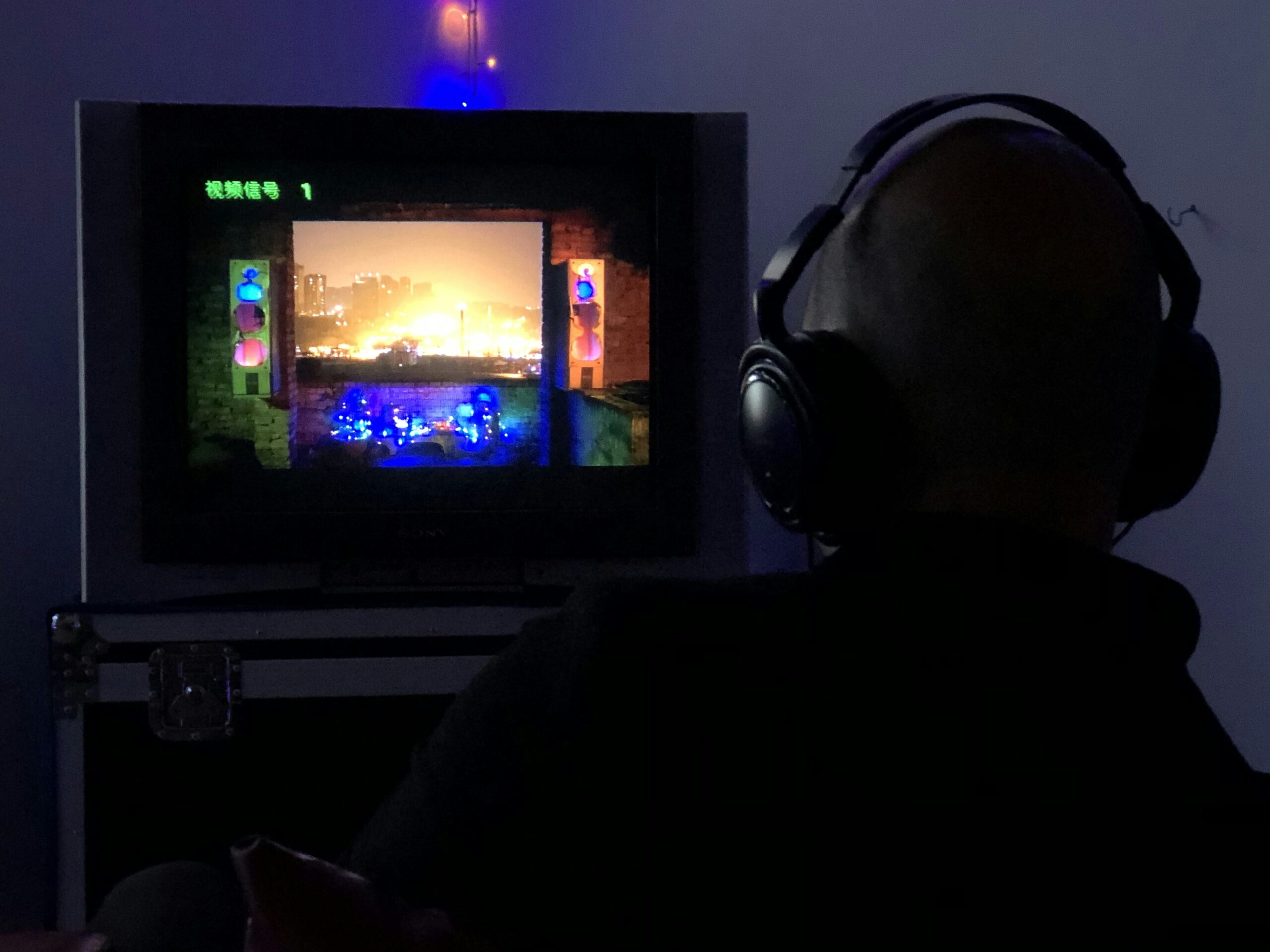
- calendar_today August 18, 2025
Nvidia, a company whose AI-accelerating GPUs have become a coveted commodity in recent years, is now exploring a novel application for its powerful hardware: integrating AI directly into the gaming experience. Nvidia has recently launched its experimental G-Assist AI, which runs locally to optimize PCs and improve gaming performance, even though most GeForce RTX card users dedicate their equipment to immersive gaming. Users can access this ambitious Nvidia project through a desktop overlay to communicate with an AI assistant through text or voice commands for system monitoring and settings optimization.
G-Assist offers a range of intriguing capabilities. The system enables users to submit broad questions like “What is the operation of DLSS Frame Generation?” “, and receive informative responses. The AI possesses the ability to manage specific system-level configuration settings. Gamers gain access to real-time system performance reports through G-Assist, which features dynamically generated data visualizations.
The AI system can be directed by users to modify system configurations for particular games while also enabling and disabling selected features. G-Assist provides GPU overclocking capabilities for adventurous users along with projected performance improvements.
The public release demonstrates promising features but does not match the deeply integrated demonstrations provided last year. G-Assist started with a concept that combined in-game awareness to deliver situational advice that helped players reach goals during gameplay. The current integration capabilities of G-Assist only extend to a limited number of games, with Ark: Survival Evolved being one of them.
Through third-party plug-in support, Nvidia has enabled more expansive functionality potential. Peripheral communication with G-Assist extends to devices from popular brands including Logitech G, Corsair, MSI, and Nanoleaf.
Developers can now control MSI motherboards to change their thermal performance and enable Logitech G devices to switch LED lights according to system performance or active game scenarios.
Nvidia wants to showcase that desktops with dedicated GPUs have built-in AI features while the PC industry sees increased production of “AI laptops.” Nvidia originally introduced the general-purpose ChatRTX app at a time when most AI tools used cloud-based operation. G-Assist targets gamers who typically own advanced GPU hardware.
G-Assist operates with a small language model (SLM) which Nvidia has optimized precisely for efficient local processing. The fundamental text version of the application needs 3GB of storage while the voice control feature requires an additional 3.5GB, leading to a total requirement of 6.5GB of storage. G-Assist requires a GeForce RTX 30, 40, or 50 series GPU with at least 12GB of VRAM to function properly. The processing speed of G-Assist operation increases alongside GPU power levels, with better-performing cards providing faster processing times. Future updates will include support for laptop GPUs, but present performance constraints could reduce G-Assist’s functionality.
Running G-Assist locally on the GPU brings future privacy benefits and potential latency improvements, but poses substantial current difficulties. The RTX 4070 GPU experienced a substantial increase in utilization when it interacted with the AI model during testing. Running inference processes to produce responses generates computational loads that affect concurrent activities such as gaming.
When playing Baldur’s Gate 3 on maximum settings, G-Assist processing resulted in frame rates falling by about 20%. Game performance may further deteriorate by using G-Assist on systems that struggle to provide smooth gameplay. G-Assist runs much quicker when playing non-intensive games, yet requires a strong GPU to sustain continuous operation.
The experimental phase of G-Assist is apparent through its intermittent slow performance and technical glitches. Most users achieve better results when they manually configure system and game settings. G-Assist offers an important development in accessing unused AI capabilities of gaming PCs.
The development of GPU technology brings us closer to the capability of running demanding games alongside sophisticated AI models without interruption. Nvidia’s G-Assist currently delivers an intriguing yet flawed preview of AI-driven gaming possibilities. This entertaining experiment illustrates the future possibility of GPUs serving dual roles in both world rendering and in-game assistance.











